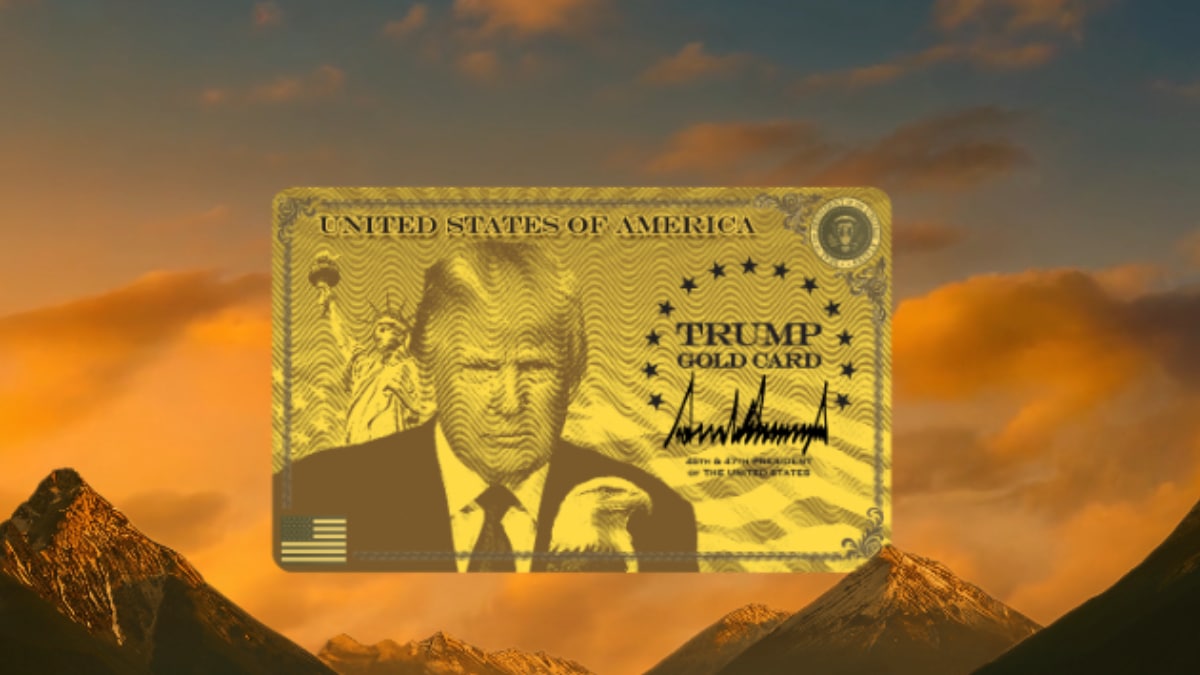Fashion, often seen as a personal canvas for self-expression, has always been more than just fabrics and threads. It’s a mirror reflecting the values, beliefs, and progress of society itself. Throughout history, fashion has evolved alongside monumental societal shifts, and today, it continues to adapt as our world undergoes significant changes.
In a world that thrives on individualism, it’s easy to perceive fashion as a personal expression of style. However, beneath the surface, fashion is an intricate tapestry interwoven with the fabric of society itself. It acts as a mirror reflecting the collective consciousness, responding to the ebb and flow of historical events, political movements, and evolving cultural values.
Fashion is more than just clothing; it’s a visual narrative that weaves together the past, present, and future.
The Revolutionary Evolution of Fashion
To truly understand the symbiotic relationship between fashion and society, let’s embark on a journey through time, exploring pivotal moments when societal shifts gave birth to new sartorial norms.
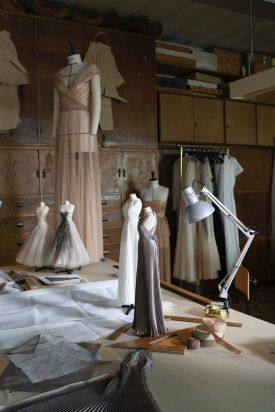
1. The French revolution: A catalyst for change
The French Revolution was not merely a political upheaval; it heralded a seismic shift in societal ideals, championing freedom and equality. Fashion, too, underwent a transformation. Ornate, extravagant styles gave way to delicate, elegant garments, mirroring the shift from excess to simplicity in society. As the guillotine fell, so did the weight of cumbersome fashion.
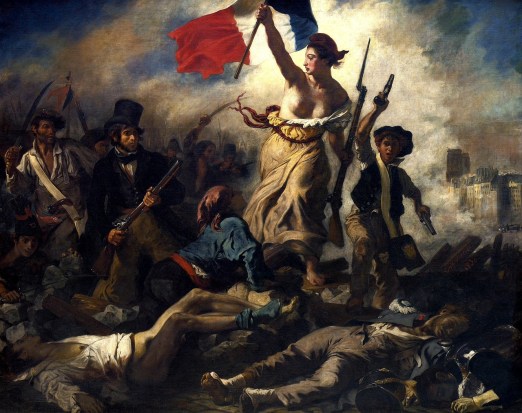
As society yearned for freedom, fashion became less about ostentation and more about individual expression. It was a tangible representation of the evolving societal values, proving that when people seek change, their wardrobes evolve in tandem.
2. Women’s liberation and the power suit
The fight for women’s rights and equality in various spheres of society—be it in labor, politics, or the sciences—left an indelible mark on fashion. Once, corsets, ties, and heavy makeup were considered the epitome of femininity. Today, women enjoy the freedom to choose what identifies them best from a vast array of fashion options.
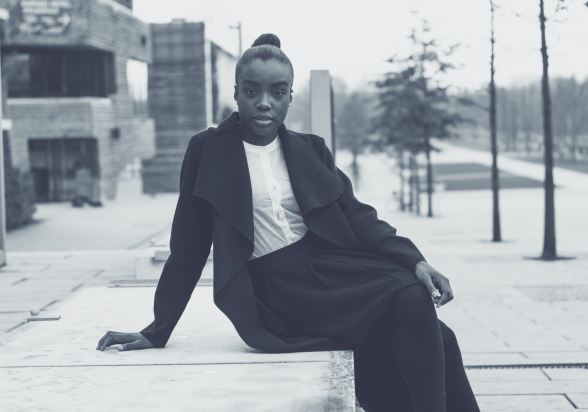
Suits, pants, shorts, and clothing that was once unthinkable for women are now empowering choices. Fashion has not just kept pace with the women’s rights movement; it has been a driving force in challenging traditional norms and expectations.
The fight for women’s rights and equality reverberated through fashion’s corridors. Suits, trousers, and once-taboo styles became symbols of women’s empowerment. Corsets and restrictive attire, once tools of oppression, were discarded as women asserted their right to choose their clothing, their destiny, and their role in society.
3. The post-war palette shift
The aftermath of World War II saw a shift in the color palette associated with femininity. Darker shades replaced the delicate pastels of earlier eras as women not only embraced pants for daily activities but also adorned themselves in deeper, more somber hues. This shift reflected the resilience and strength of a society rebuilding itself after the ravages of war.

4. The 50s consumerism and gender fluidity
The 1950s brought the influence of American consumerism to the forefront. Women began to incorporate jackets made from various materials, including daring textures like leather, into their wardrobes. Pastel tones experienced a resurgence, and fashion became a canvas for creative and eclectic combinations. Individualism was on the rise, and fashion allowed people to stand out or blend in as they saw fit.
5. The 90s and the Era of Authenticity
The 90s marked a turning point when models with more natural looks, unkempt hair, and basic outfits gained prominence. The fashion industry shifted its gaze towards authenticity and individualism. It was a departure from the glossy perfection of previous decades, mirroring the growing desire for authenticity and realness in our society.
Fashion as a Cultural Barometer
Fashion is more than aesthetics; it serves as a cultural, political, and identity mirror reflecting the spirit of the times. Today, the fashion industry has evolved beyond seasonal collections. It’s a dynamic realm that responds to contemporary events and caters to diverse audiences. What was once a means of conformity has now become a tool for both integration and differentiation.
Fashion Today: A Catalyst for Social Progress
In the age of social media, streetwear has surged, offering individuals a platform for self-expression. Fashion has always been about personality, but as society progresses, it also becomes a lens through which we study cultural values. Fashion today is a reflection of how far we’ve come and a glimpse into our future.
As Marcelo Guimarães, founder of FASHINNOVATION, aptly stated, “Fashion, art, cinema, and other human forms of expression are important protagonists in changing society’s behavior.” The fashion industry is not an isolated entity; it’s an integral part of the socio-cultural landscape.
Five Social Changes Evident in Fashion
As we navigate a changing world, fashion serves as a vehicle for awareness and transformation. Here are five ways in which fashion is at the forefront of societal evolution:
1. Eco-Friendly and Eco-Conscious Trends
Society’s growing awareness of sustainability has led to a surge in eco-friendly fashion. Brands are adopting sustainable practices, emphasizing both planet health and fair working conditions. Fashion reflects a collective commitment to responsible consumption.
2. Feminism and Gender Equality
The feminist movement’s pursuit of equitable opportunities has reshaped fashion. Women are reclaiming their right to dress as they please, challenging oppressive standards, and embracing freedom of expression.
3. LGBTQIA+ Representation
The LGBTQIA+ movement’s influence on fashion is undeniable. It has driven trends and forced mainstream recognition of genderless fashion. Representation and respect for the LGBTQIA+ community have become integral to the industry.
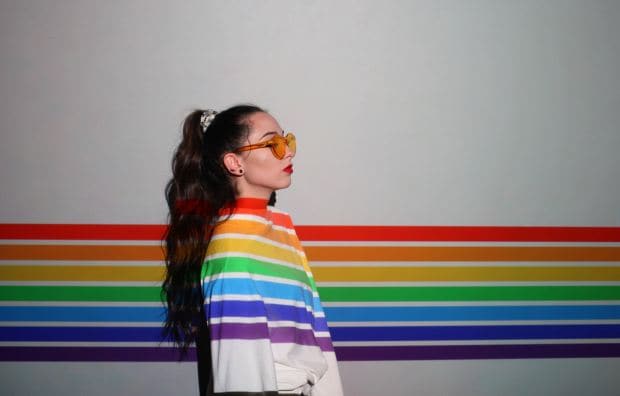
4. The Body Positive Movement
Fashion is breaking free from restrictive size standards, promoting body positivity and inclusivity. Brands are expanding their size ranges and celebrating diverse forms of beauty.
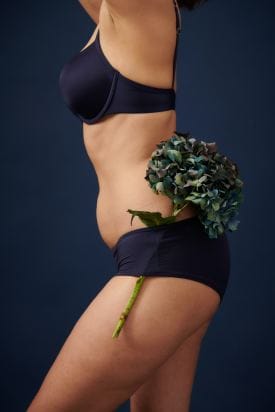
5. Racial Inclusivity
Fashion is finally embracing diversity in skin tones and representation. The industry is moving toward greater inclusivity, acknowledging that beauty comes in all shades and forms.
Fashion, as Eleanor Lambert once noted, frames the time and place we live, reflecting the mood of the people. It encapsulates history in fabric, and today, it narrates a story of progress, inclusivity, and change.
Fashion is more than just clothing; it’s a dynamic reflection of society’s values, beliefs, and aspirations. Throughout history, we’ve witnessed how fashion has adapted to the changing tides of societal progress. From the French Revolution to the fight for women’s rights and beyond, fashion has both mirrored and propelled these transformative moments.
Today, fashion continues to evolve as society grapples with pressing issues like sustainability, gender equality, diversity, and body positivity. These changes aren’t just about clothing; they’re about reshaping our worldviews and challenging the status quo.
As we look back at history and witness the dynamic relationship between fashion and society, we understand that fashion is more than just a means of covering our bodies—it’s a canvas for our collective evolution. So, when you’re choosing your outfit each day, remember that you’re not just dressing for yourself; you’re dressing for the world you live in, and the world you want to create. As we continue to evolve as a society, our clothing will remain a testament to the world in which we exist—a powerful reflection of our collective journey toward a more equitable and inclusive future.







